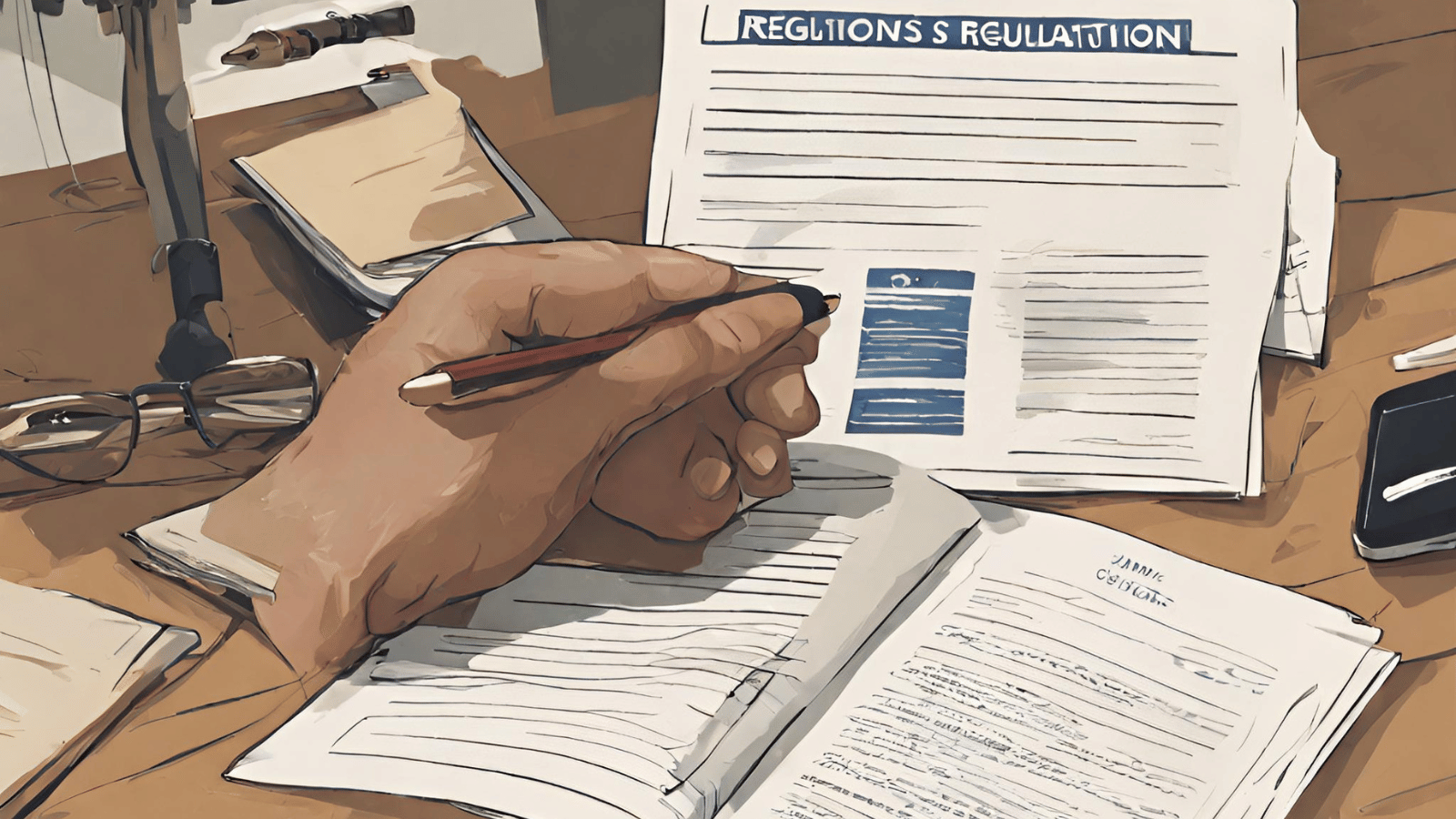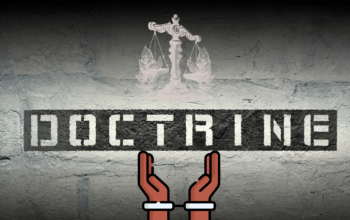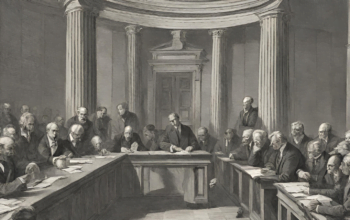Legal Literacy – In various aspects of life, whether in law, business, or everyday life, we often hear the terms “regulation” and “decision”. However, did you know that these two concepts actually have significant differences? In this article, we will explore the difference between rules and decisions.
Regulation
Before discussing the difference between rules and decisions, it is important to understand what rules are. A regulation is a general and abstract norm made by an authorized body that has the power to do so, which is binding on a certain group of people, situation, or area.
Regulations can be thought of as rules or norms established by a particular authority, usually the government, to govern people’s behavior or activities. Regulations can be laws, organizational rules, or guidelines that apply in a certain area or environment.
In Dutch, Regulation is referred to as “regeling” which translates as “regulation”. The term refers to general and abstract rules that bind a specific group of people, situation or region.
Rule Characteristics
- Authority: Regulations are generally set by an authority that has the power or authority to do so, such as a government or legislative body.
- Firmness: Rules are usually strict and binding, with sanctions applied if violated.
- Purpose: The purpose of rules is to create order, justice, and security in an environment or society.
Example Rules
- Law
- government regulation
- local regulations
- village regulation
Decision
Meanwhile, a decision is a concrete and individualized action made by an authorized body that has the authority to do so, addressed to a specific person or situation.
A decision refers to an action or result of a thought process or evaluation of a situation or available information. Decisions can be made by individuals, groups, or organizations to determine the actions to be taken in a particular context.
In Dutch, Decree is called “Beschikking” translated as “decision” or “decree” in the context of administrative law. It is an administrative decision by a government body aimed at a specific person, group, or situation.
Decision Characteristics
- Subjectivity: Decisions are often influenced by subjective factors, such as personal values, experiences, and preferences.
- Process: Decision-making involves a complex evaluation process, where various options are considered and sorted out to achieve a specific goal.
- Flexibility: Decisions can be more flexible than rules, as they can be adapted to changing contexts and situations.
Sample Decision
- Ministerial Decree
- Rector’s Decree
- Board of Directors Decree
Difference between Regulation and Decree
1. Differences between Regulations and Decrees in terms of Nature, Scope, and Legal Force
Nature
- Rules: General and abstract, meaning they apply to all people and situations within a certain scope. For example, the Marriage Law regulates marriage in general, without referring to specific individuals.
- Decree: Individualized and concrete, meaning that it applies only to the person or situation specifically mentioned in the decree. For example, a Civil Servant Appointment Decree only applies to the person whose name appears in the decree.
Scope
- Regulation: Has a broad scope, regulating various situations and objects within a certain scope. For example, the Law on Traffic regulates various matters related to traffic, from signs to sanctions for violations.
- Decree: Has a limited scope, regulating only certain situations or objects specifically mentioned in the decree. For example, the Scholarship Granting Decree only regulates the granting of scholarships to people who meet the requirements listed in the decree.
Legal Power
- Regulation: Generally binding and must be adhered to by everyone within its scope. Violation of the rules may result in legal sanctions.
- Decision: Binding for the parties involved in the decision. Violation of the decision may result in administrative sanctions, such as reprimand or revocation of rights.
2. Differences between Regulations and Decisions from a Theoretical Perspective
According to Maria Farida Indrati and Jimly Asshiddiqie, in their theory, the difference between laws and decisions can be understood in terms of their nature. Maria Farida revealed that regulations have a general, abstract, and continuous nature, while decisions have an individual, concrete, and final nature. To provide further explanation, we present a comparison table as follows.
| Aspek | Peraturan | Keputusan |
|---|---|---|
| Sifat | Umum, abstrak, dan berlaku terus-menerus | Individual, konkret, dan sekali selesai |
| Ruang Lingkup | Mencakup berbagai situasi dan objek | Terbatas pada situasi atau objek tertentu |
| Kekuatan Hukum | Mengikat secara umum | Mengikat bagi pihak-pihak yang terkait |
| Contoh | Undang-undang, peraturan pemerintah, peraturan daerah | SK Menteri, SK Rektor, SK Direksi |
From a theoretical point of view, there are three differences between regulations and decisions. First, laws and regulations are general in nature, which means that their impact affects many individuals rather than just a specific individual. If the emphasis is on a specific individual, it will be considered a decision.
Secondly, laws and regulations are abstract because their purpose is to deal with various legal events that may occur, in contrast to decisions that are only aimed at one legal event.
Third, regulations basically have a continuous characteristic, which means that their legal consequences will continue continuously until they are revoked by other regulations or canceled by a court decision in a judicial review process.
3. The Difference Between Regulation and Decree in the Context of Positive Law and its Implementation
In accordance with the concept, Article 1 point 2 of Law 15/2019 explains that laws and regulations are written documents that contain generally applicable legal norms, made or stipulated by state institutions or officials who have the authority through procedures stipulated in laws and regulations.
Law 12/2011 also provides examples of laws and regulations, ranging from the 1945 Constitution to district/city level regional regulations and other laws and regulations.
However, Article 1 point 9 of Law 5/1986 defines a State Administrative Decision (“KTUN”) as a written decision issued by a State Administrative body or official that contains a State Administrative legal action based on applicable laws and regulations. KTUN is concrete, individualized, and has legal consequences for individuals or civil law entities.
Law 9/2004 excludes several types of decisions from the definition of KTUN, including decisions that constitute civil law actions, public regulations, require approval, are issued under criminal law, the results of judicial body examinations, decisions regarding TNI administration, and KPU decisions on election results.
However, it is important to note that positive law does not specify whether or not court decisions fall under the category of judgments. Although Law 5/1986 only emphasizes that the decisions regulated by the law are limited to the executive realm, in theory, court decisions can fall into the category of decisions because they are individual, concrete, and one-off.
In addition to these differences, there are additional differences in the consequences of regulatory testing. Legislation is tested directly by the Supreme Court and Constitutional Court, while KTUN is tested first by the PTUN.
Conclusion
Understanding the difference between regulations and decisions is important to ensure proper interpretation and application. By understanding the differences, we can avoid misinterpretations and ensure compliance with applicable rules.
FAQ Differences Between Regulations and Decisions
What is regulation?
A regulation is a general and abstract norm made by an authorized body that is binding on a specific group of people, situation or area.
What is a decision?
A decision is a concrete, individualized action made by an authorized body directed at a specific person or situation.
How to distinguish between regulations and decisions?
Some things to note:
- Objective: Are norms meant to regulate in general or resolve concrete situations?
- Recipients: Is the norm addressed to everyone or only to certain parties?
- Form: Is the norm in the form of a written regulation or an individual decision?
- Legal force: Does the norm have the force of law that is binding in general or only for the relevant parties?
What if I’m still confused?
If you are still confused by the difference between regulations and decisions, you can consult with us via contact us or get in touch via whatsapp on the bottom right.
Good luck!






